For me this is an issue of need verses want. Do you need to use trekking poles? No, probably not. Do you want to use hiking poles? For me this is an emphatic yes!
Betsy using her Trekking Poles in the Vosges Mountains in Alsace, France
We first became familiar with using hiking poles during our visit to Banff National Park, Alberta Canada in 2012. At our arrival we were so excited to hike, that we changed clothes in a parking lot and set off on our first trail. It was great but because of the altitude and steepness of the terrain, we were pretty tired out the gate.
We noticed nearly everyone was using trekking poles. After checking into our cabin near Lake Louise I went down to an outfitter I noticed earlier to ask about renting some poles to try. He said he didn’t normally rent poles but agreed to because he knew after trying them we would want to buy them. He was right! After one long day of using them we were sold and we’ve been using them ever since.
Pros of Using Trekking Poles
Trekking poles help with climbing hills and balance in slippery conditions.
Poles Take Weight Off the Knees
Admittedly, this becomes more important with age, but using hiking poles takes some stress off your knees. The longer and steeper the hike, the more beneficial this becomes. If you are carrying a heavy pack, it is even more important.
Hiking Poles Provide Better Balance
With hiking poles, you sort of become a four-legged animal. In rugged terrain, having four points of contact on the ground just gives you more stability.
Trekking Poles Help Pull You Up Hill
We like the extra stability on rocky trails
For me, this is where using hiking sticks really helps. When going up a long, steep ascent, the poles can really help distribute the load over four limbs, making it much easier. If you ever find yourself pushing off your thighs while going up a steep hill, you’ll love how much easier it is using trekking poles.
Hiking Poles Give More Stability on Down Hills
For those of us with knee issues, you know that coming down hill can be much more difficult than climbing up. Hiking poles can provide much needed stability on descents, taking stress off your knees so you can go out again tomorrow and the day after that.
Trekking Poles Give You an Upper Body Workout
Let’s face it, walking or hiking is great exercise, but doesn’t do much for the upper body. Using hiking poles distributes your weight somewhat over all four limbs, giving you more of a full body workout.
Hiking in Yellowstone National Park with our Trekology Poles
Cons of Using Trekking Poles
Poles Can Be Clumsy
Trekking poles are great as long as you are moving, but when you stop they can be a bit clumsy. Especially when stopping to take a picture of the gorgeous scenery surrounding you, poles are an added burden. I’ve learned to just let them hang from the straps.
Every time you stop to take off gloves, put on a sweater, grab a granola bar, visit a tree, etc. you need to find somewhere to put your poles. It’s just a little nuisance.
There Are Times You Don’t Want Them
Hiking the vineyards of Barolo in early spring
As long as I’m going up or down hill I am always grateful to have my sticks but sometimes we’ll hit a long stretch of flat terrain where they can become a nuisance. What to do? Just keep using them? Carry them to the side? Break them down and put them in your pack? It can be a pain, but to me, well worth it.
Trekking Poles Are Hard to Pack
That first set of Leki Trekking Poles we bought in Banff telescope down but not enough to fit into to our small suitcases when we pack light. Hiking poles are also frequently frowned upon in carry-ons because of their metal tips. Keep reading to see our solution to this dilemma.
Our Favorite Trekking Poles
Here we are with our brand new Leki Poles in Banff
We still use our Leki Trekking Poles we bought back in 2012. They are solid, lightweight, easy to adjust, and very well built. We’ve had them for almost a decade and they still look and work great. They don’t make that model any longer but I know they still make high quality products. That quality comes with a price. I remember paying over $100 a pair at the time and they are still pricy. But from our experience, they will last a long, long time.
When we started traveling Europe for months at a time, we looked for a pair of trekking poles that would break down to fit in our carry-ons, but not break the bank. We settled on a set that folds down using an elastic cord, like a tent pole, by Trekology. They are not quite as sturdy as the Leki but at less than $40 they are a bargain and deliver all we need. We have had them now for over three years and have used them all over the world in some pretty extreme conditions. They break down easily and fit into our small suitcases or backpacks.
More expensive models are made with lighter weight composite materials, feature shock absorbers, and/or sophisticated ergonomic grips.
How to Use Trekking Poles
Adjust poles so elbow is at 90 degrees
First adjust the pole height so your arm is at a 90-degree angle when holding the pole at rest. Most poles are marked so you can note where this spot is without measuring each time. The Leki poles allow you to adjust at both telescoping points to balance flex distribution more evenly.
Slide your hand up from the bottom of the strap and then grab the grip with the strap between your thumb and index finger. You need to adjust this so you can put weight on the strap while keeping your hand in the best grip position. This takes stress off the grip so your hand is not doing all the work to hold the poles.
When hiking, your poles move with the opposite foot. I find this very natural on flat ground or when climbing. For some reason it doesn’t quite feel so natural on descents, but it works. You can also move your hand to the top of the grip on steep descents, essentially lengthening the pole without physically adjusting it. Similarly, you can grip down the pole if you find yourself hiking in a “trench” where the surrounding terrain is higher than your feet and you want a shorter pole.
For us there is no debate, we use trekking poles every time we hike. For climbing, steep descents, crossing streams, curbing fatigue, and a balanced workout, we highly recommend trying a pair out!
This is why we hike! Banff National Park, Alberta, Canada
Would you like help planning the perfect hiking trip? We can help with that! We are here for your custom trip planning to Italy, France, Ireland, the UK and all of Europe. We are experts in creating custom travel itineraries and leading small group trips to European destinations. We also book European cruises! Feel free to reach out via email — We’re always available to talk about travel!
We can also help with trips in the US while we wait for Europe to open up. We’ve traveled extensively throughout the US and visited many of our National Parks as well as wine regions, major cities, and tourist destinations. We just love to help people travel!
Greg Ball – Greg is co-founder and partner of Euro Travel Coach (ETC), which crafts custom European vacations for independent travelers and leads small group tours to Europe. In his previous life he taught Woodwinds and Jazz at the university level for 30 years. As a professor he took his bands to England, Ireland, Czech Republic, Austria, Switzerland, and England. Since “retiring” he and his wife/ETC co-founder Betsy travel Europe nine months out of the year. Together they have visited over 40 countries and counting! He loves cooking, hiking, listening and playing music, and wine and holds a Level 3 certification from the Wine and Spirits Education Trust.

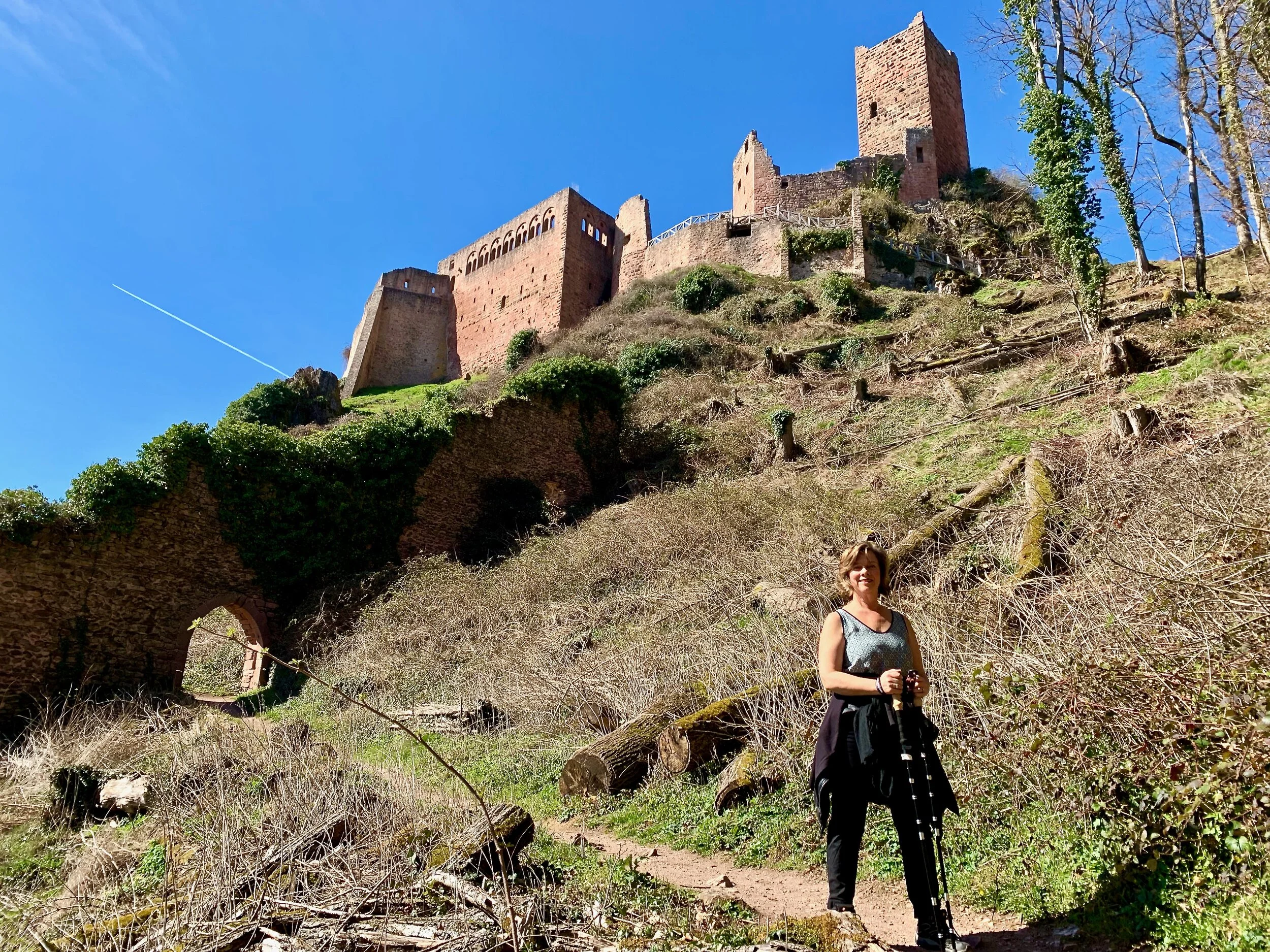
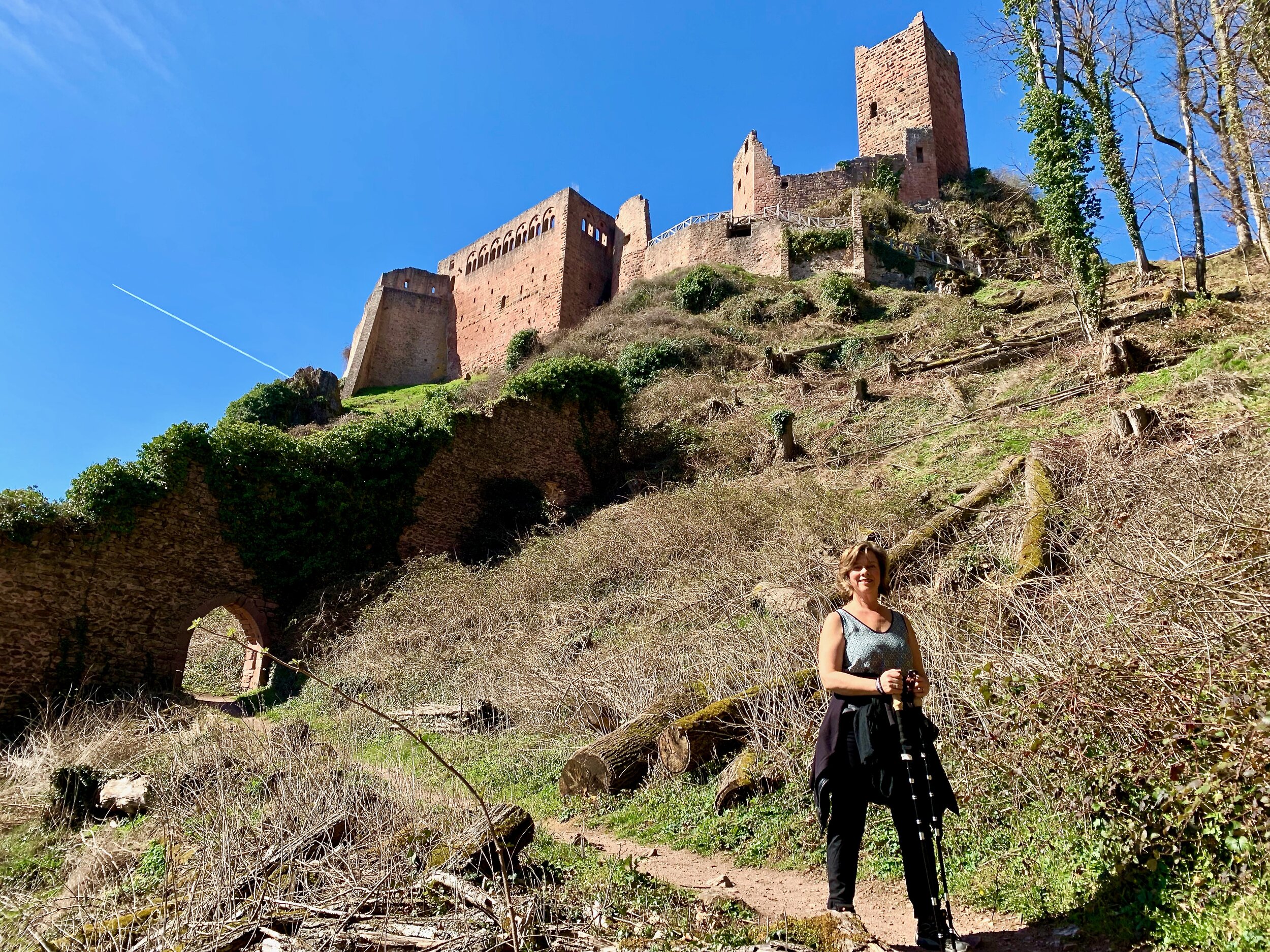

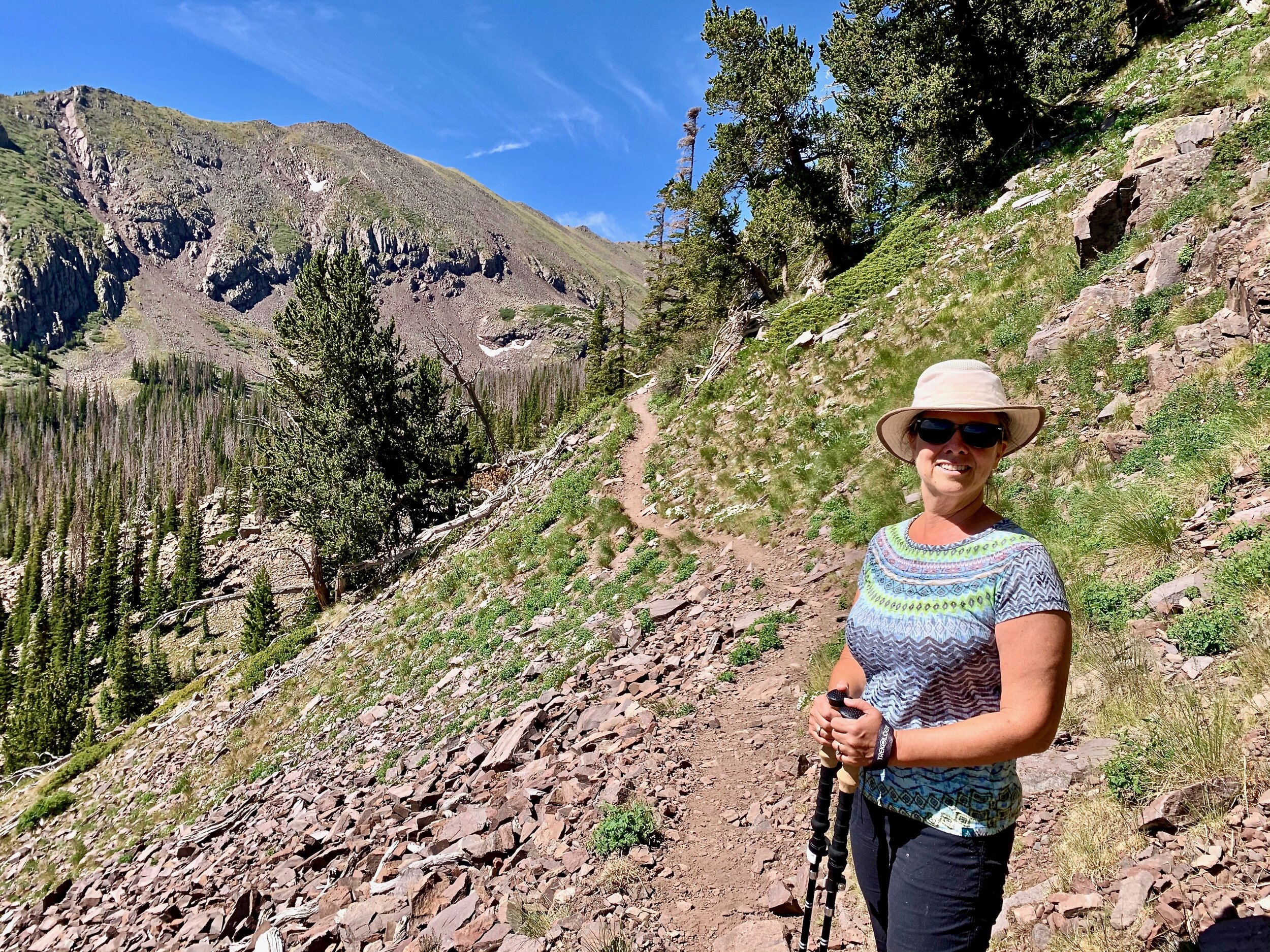



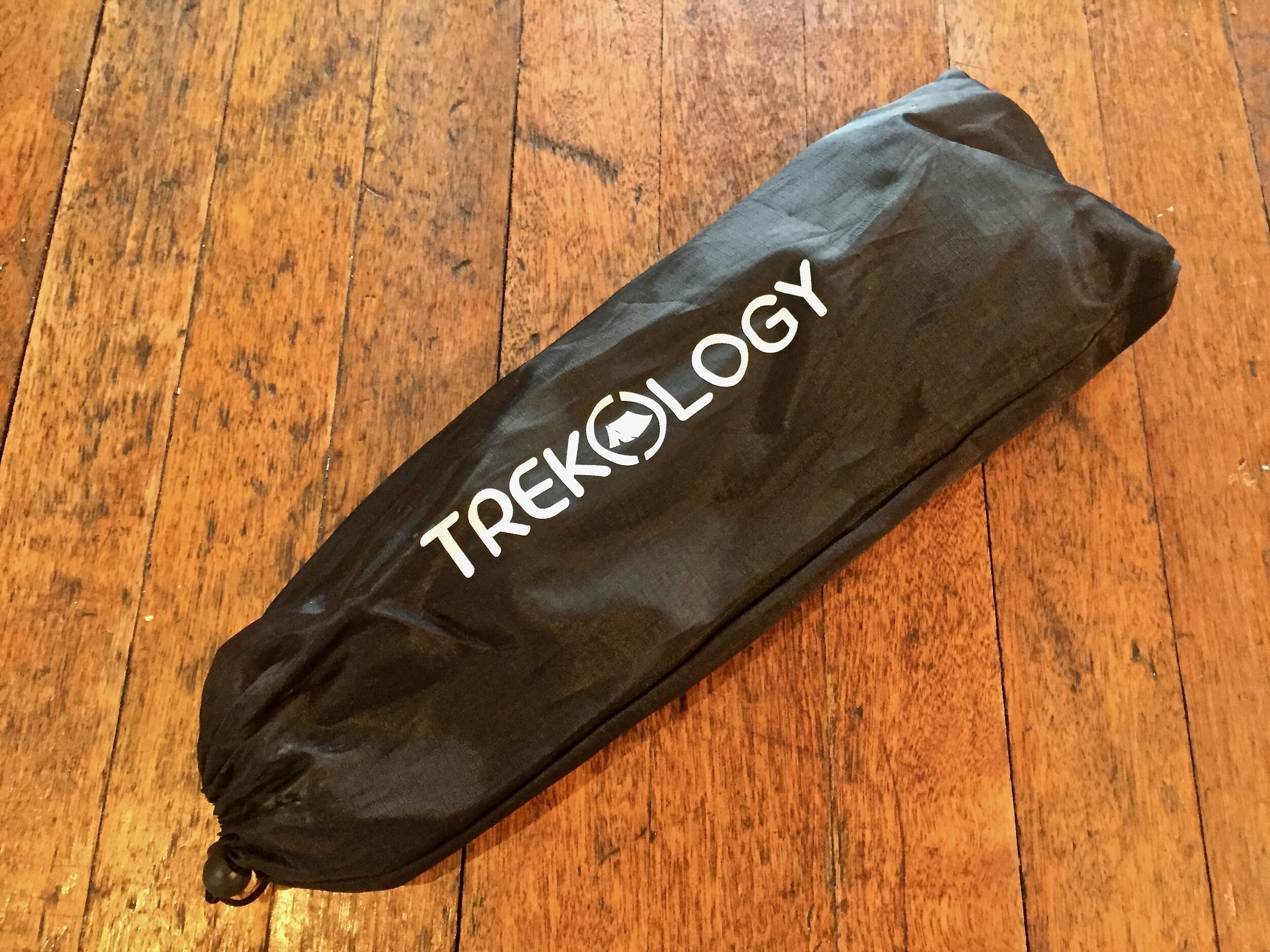

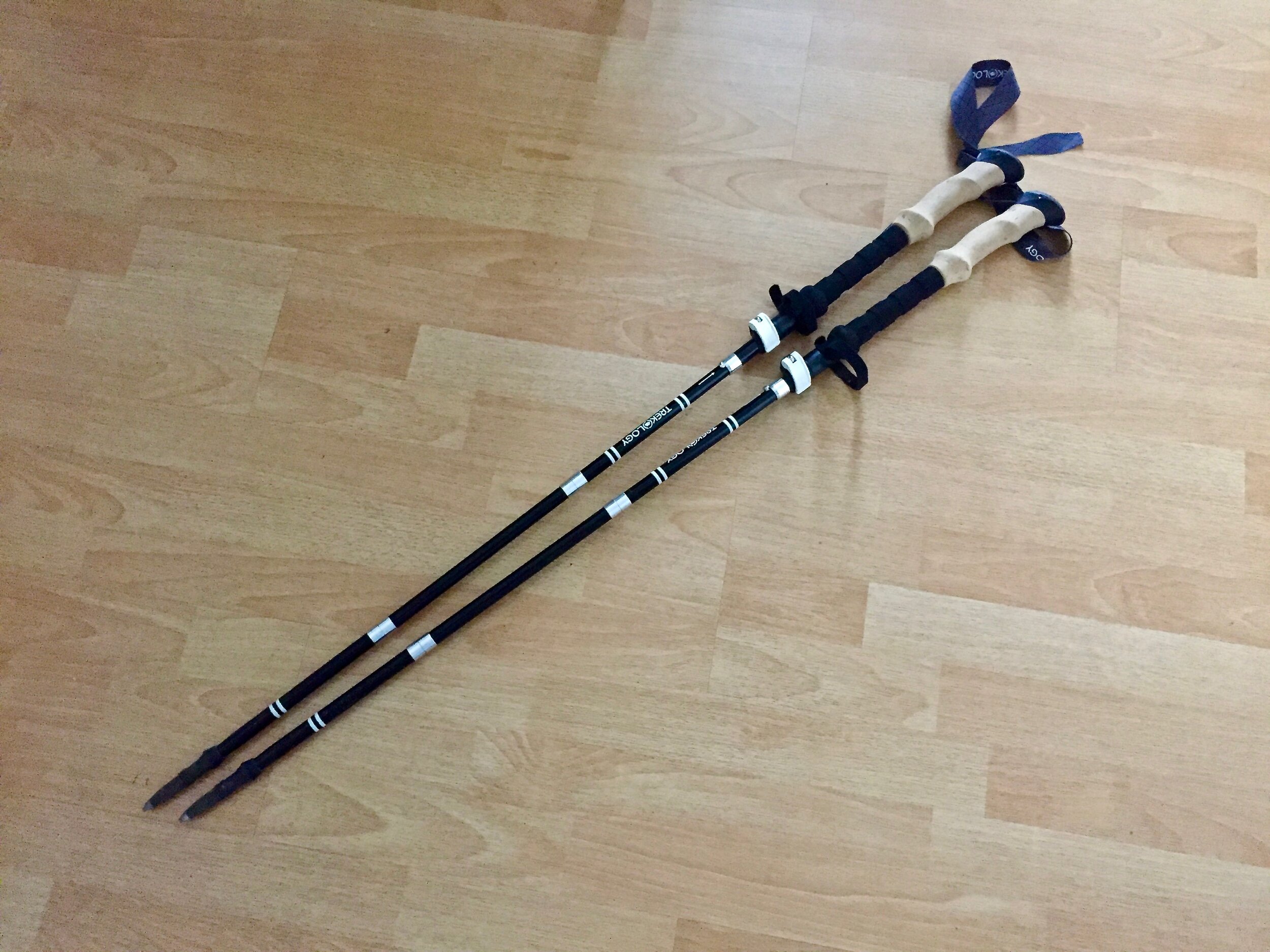

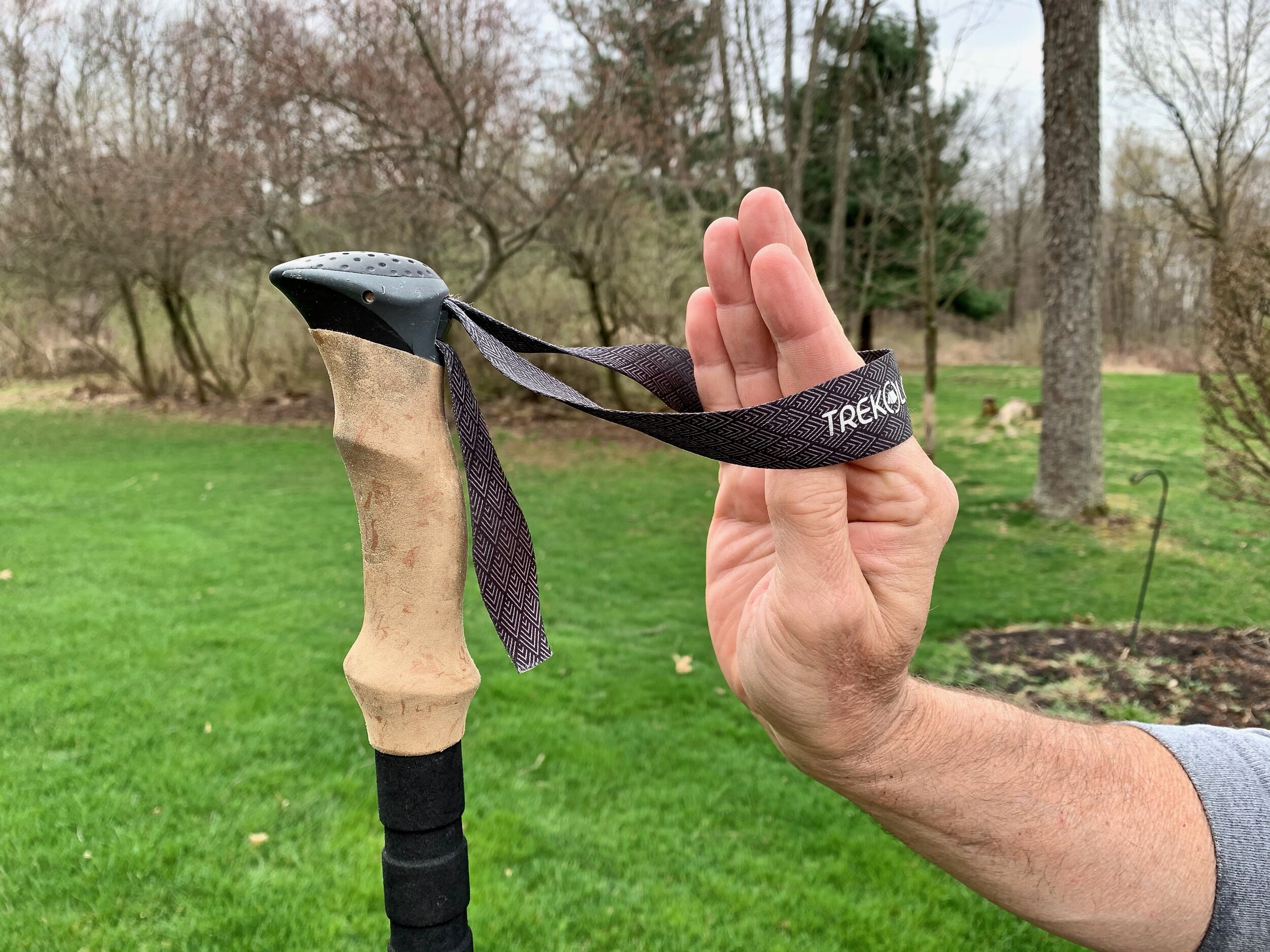
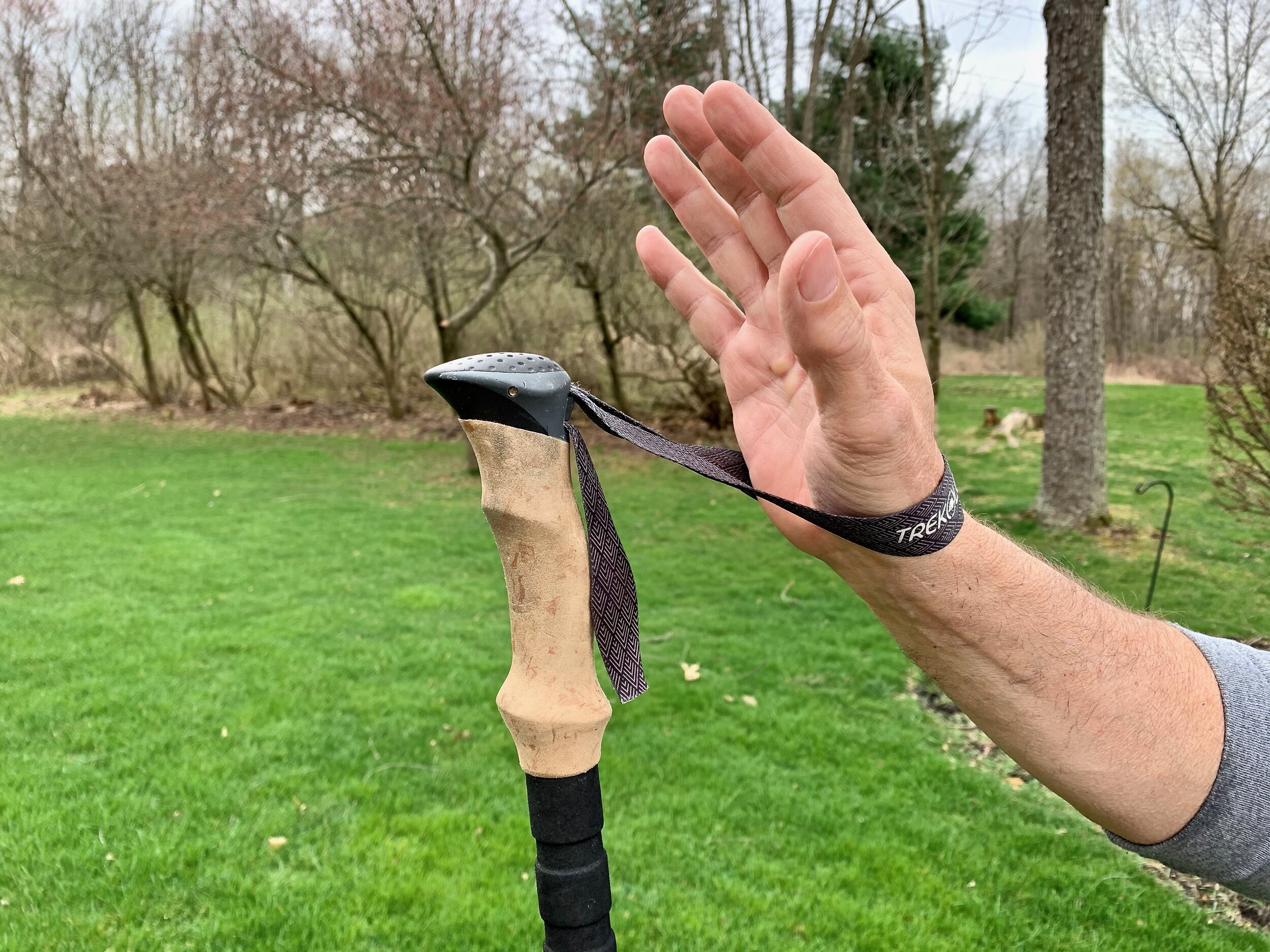
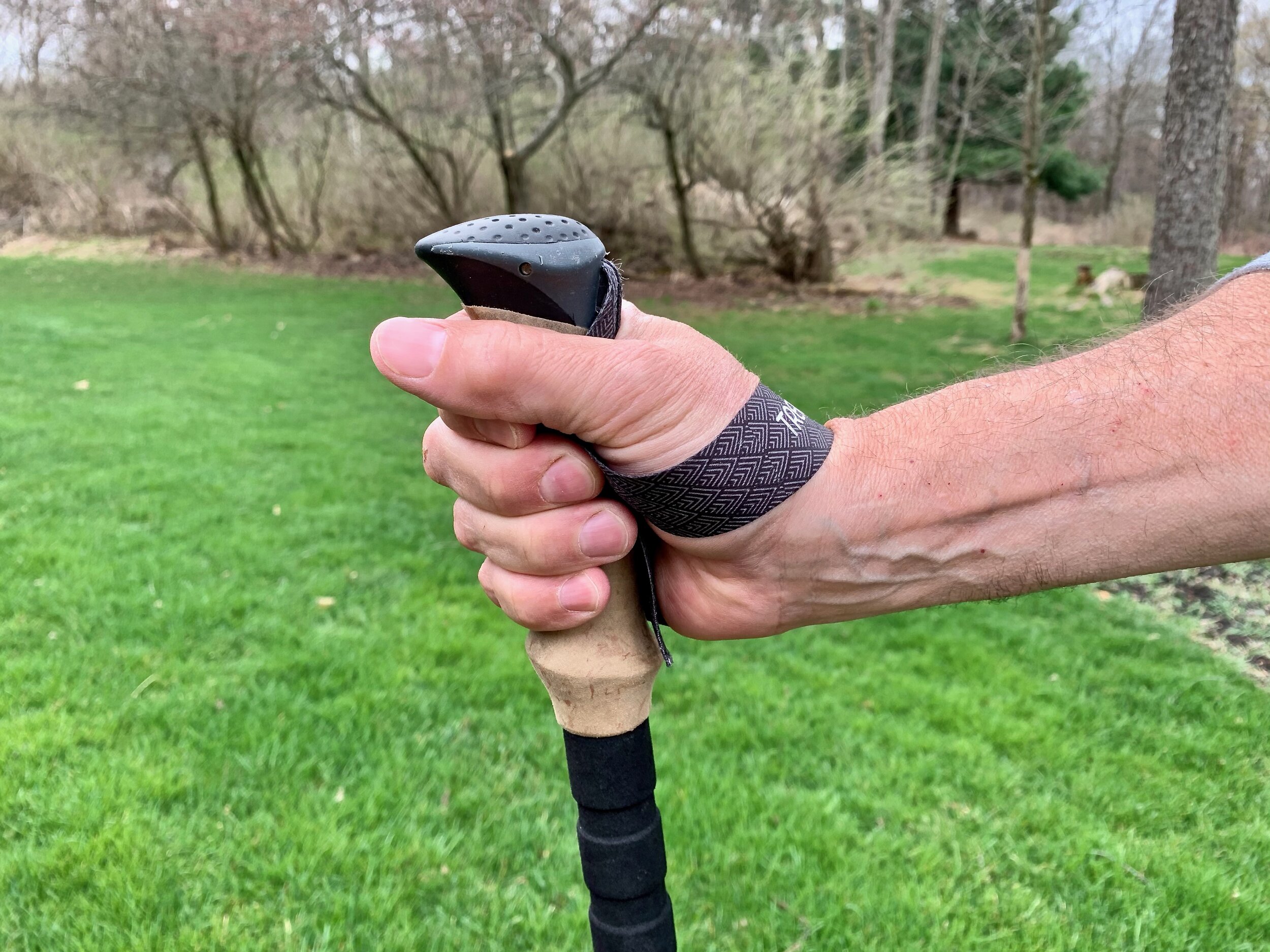





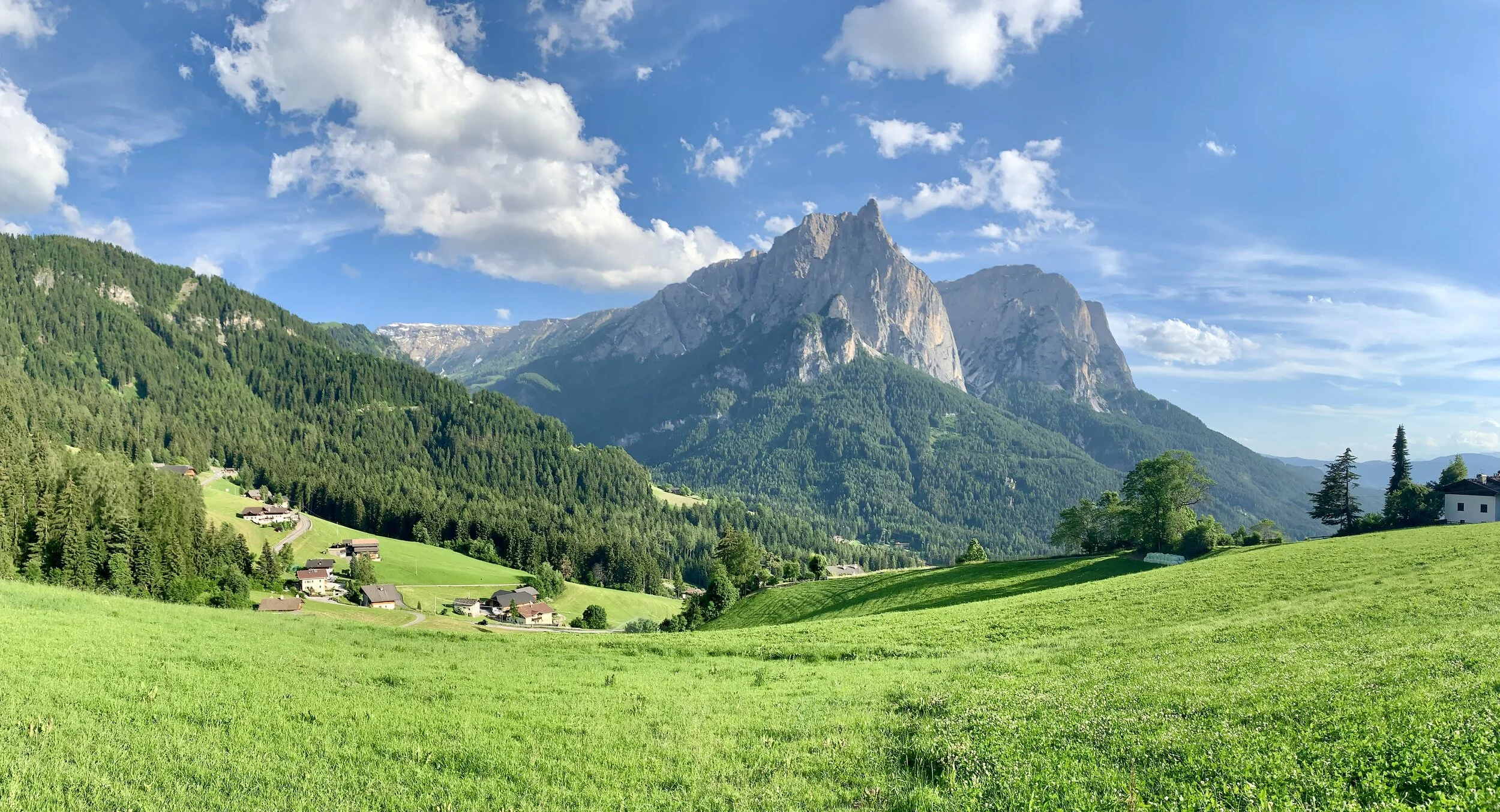
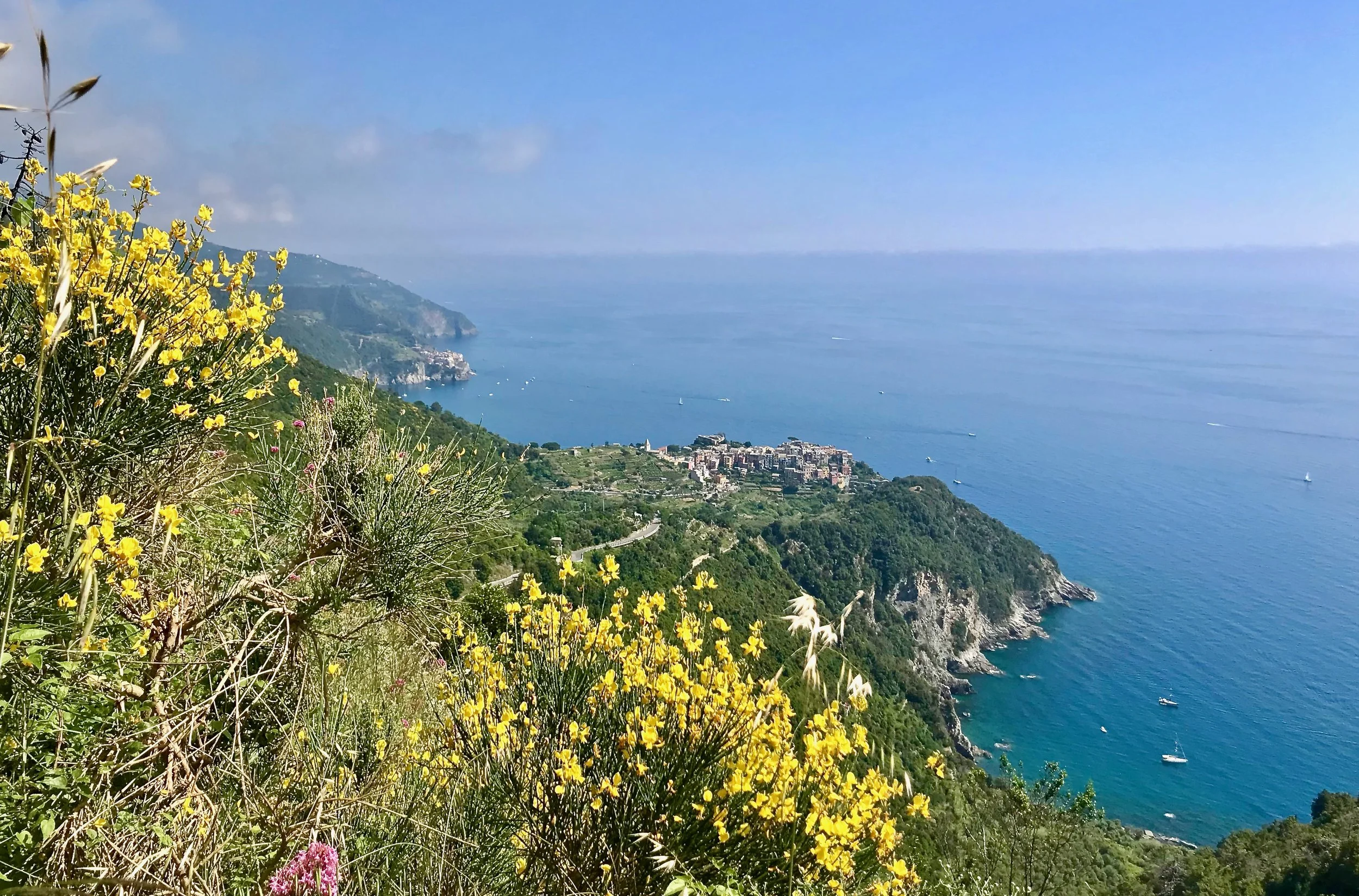
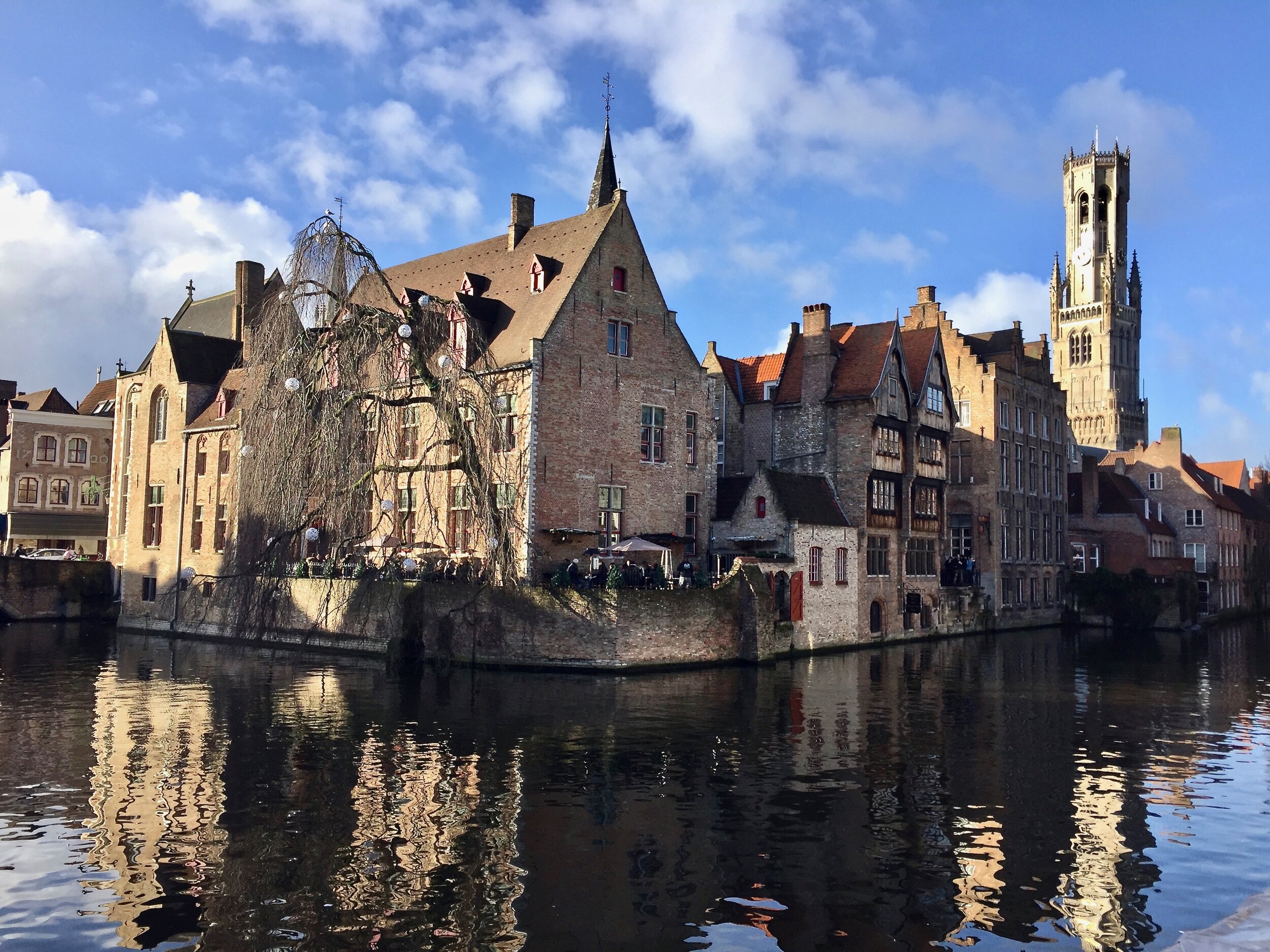
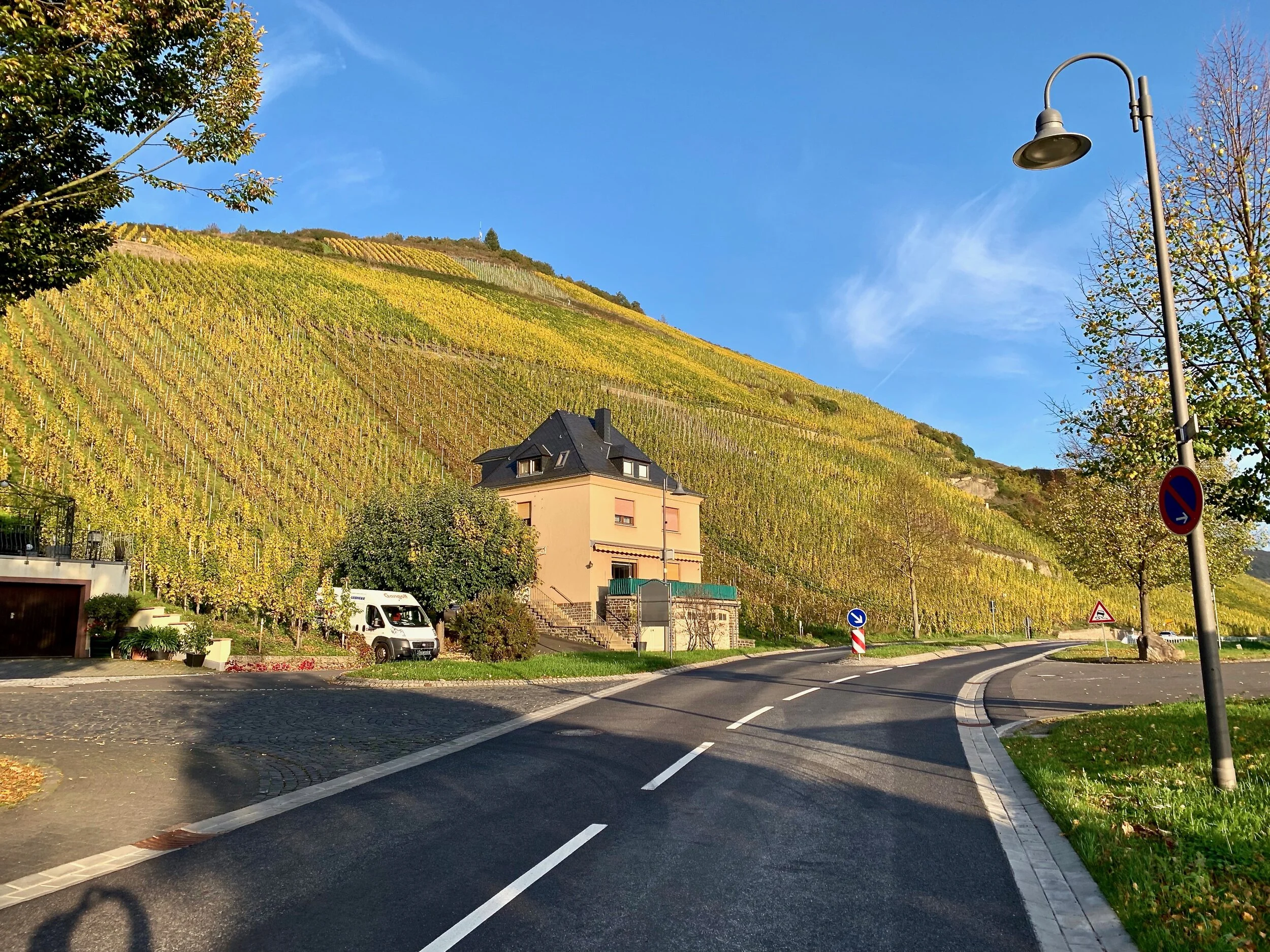

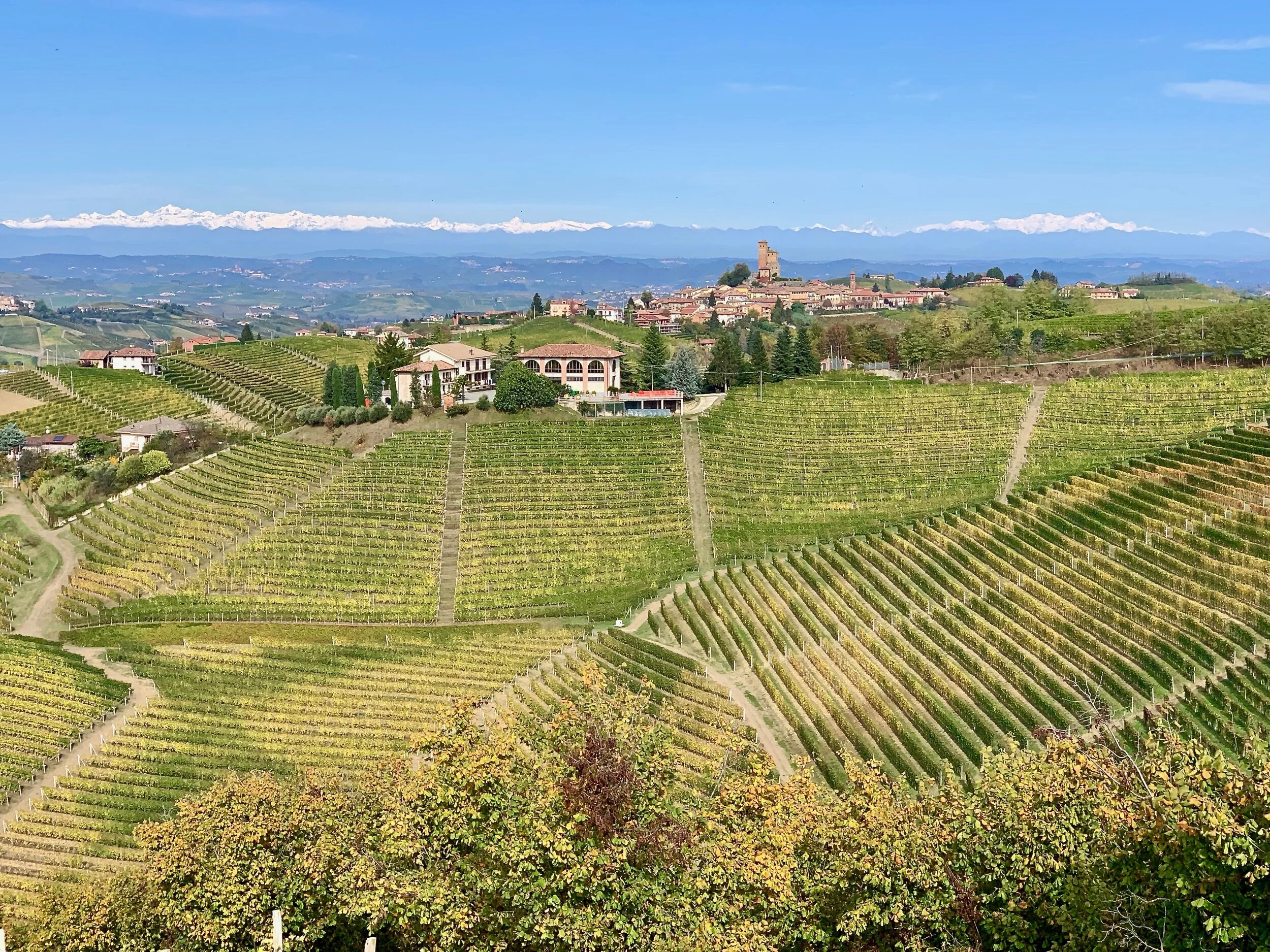
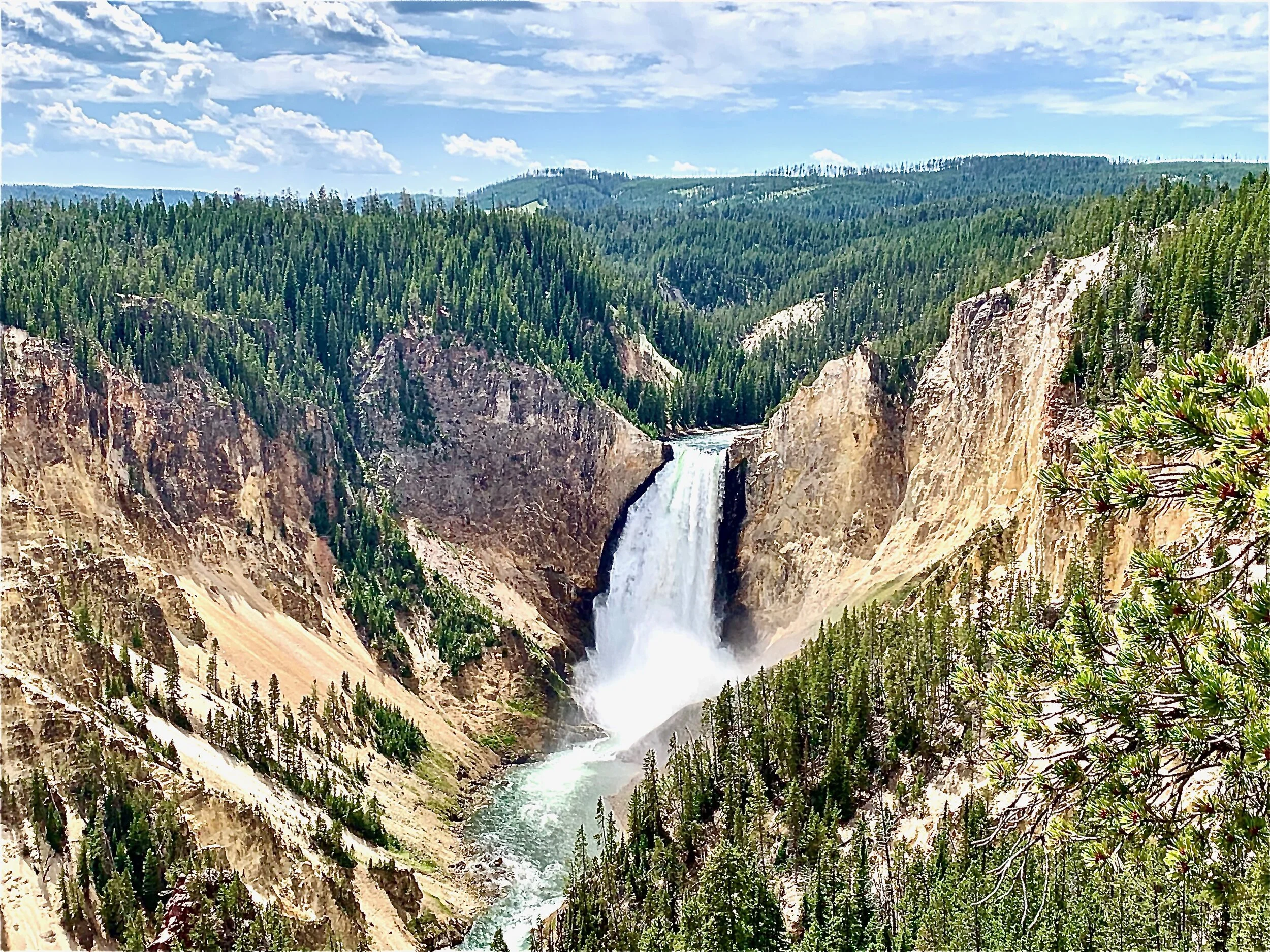
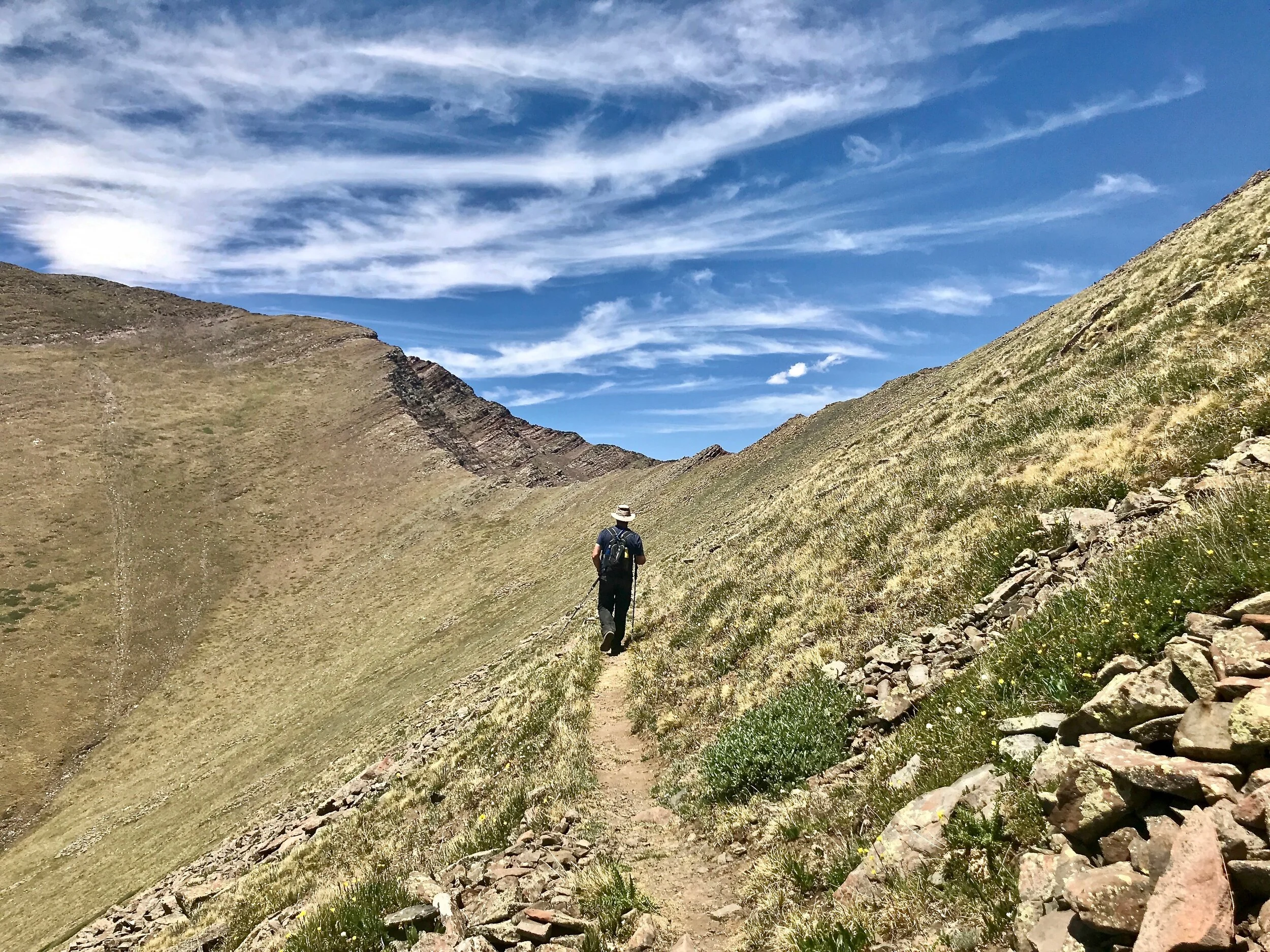
Are you creating a Travel Itinerary to Europe or somewhere else in the world with kids? If you’re reading this, it probably means you are at least contemplating, a Trip with your Children. Traveling with Kids can be some of the most rewarding travel of your life. With some careful planning and preparation, and a carefully unique, kid-focused Travel Itinerary you can plan an enriching trip you and your kids will remember the rest of your lives.